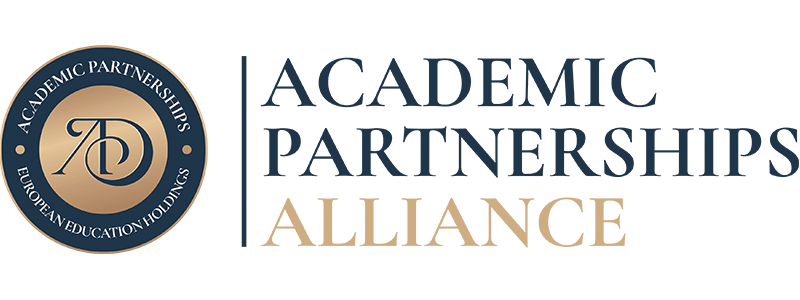In the past few years, the education industry has witnessed a significant transformation through the integration of Learning Management Systems (LMS). LMS is a software application that helps to manage, deliver, and track educational content and resources. It provides an online platform for course delivery, assessments, and communication between teachers and students. LMS has become a game-changer in education, revolutionizing the way students learn and interact with educational content.
LMS in education has modernized the traditional classroom by providing a more flexible and user-friendly approach to education. The system allows educators to create, deliver, and manage educational content and resources through an online platform, making it easier for students to access educational materials and interact with their teachers. This shift from traditional classroom teaching to online learning has been made possible by LMS, which has made education more accessible and convenient for students.
How LMS is transforming the traditional classroom
LMS is transforming the traditional classroom by providing a more personalized approach to learning. Through LMS, educators can create customized learning paths for students based on their learning needs and preferences. This means that students can learn at their own pace, which helps to improve their understanding and retention of educational content.
LMS has also made it easier for educators to assess the progress of their students. The system provides a range of assessment tools, including quizzes, exams, and assignments, which can be used to evaluate the performance of students. This helps educators to identify areas where students need improvement and provide them with the necessary support and resources to succeed.
Furthermore, LMS has made it possible for students to collaborate with each other on group projects and assignments. This promotes teamwork and communication skills, which are essential in the modern workforce. With LMS, students can communicate and collaborate with their peers from anywhere in the world, making education more global and inclusive.
Best practices for implementing LMS in education
Implementing LMS in education requires careful planning and execution. Here are some best practices to consider when implementing LMS in education:
Identify the goals and objectives of the LMS implementation: Before implementing LMS in education, it is essential to identify the goals and objectives of the system. This will help to ensure that the system is aligned with the needs and expectations of the educational institution.
Provide adequate training and support to educators and students: Adequate training and support should be provided to educators and students to ensure that they can use the system effectively. This will help to minimize the learning curve and ensure that everyone can benefit from the system.
Ensure that the LMS is user-friendly and accessible: The LMS should be user-friendly and accessible to all students, including those with disabilities. This will help to ensure that everyone can access educational content and resources.
Monitor and evaluate the effectiveness of the LMS: Regular monitoring and evaluation of the LMS will help to identify areas where improvements can be made and ensure that the system is meeting the needs of educators and students.
Advancements in LMS technology for education
The LMS technology has experienced significant advancements in recent years, making it more effective and efficient in education. Some of the advancements in LMS technology for education include:
Mobile learning: LMS has become more mobile-friendly, making it possible for students to access educational content and resources from their mobile devices. This has made education more accessible and convenient for students.
Artificial intelligence (AI): LMS has integrated AI technology to provide personalized learning experiences for students. The system can analyze student data to identify areas where they need improvement and provide them with customized learning paths.
Gamification: LMS has incorporated gamification elements to make learning more engaging and interactive. This includes features such as badges, rewards, and leaderboards, which motivate students to learn and achieve their goals.
Future of LMS in education
The future of LMS in education looks promising, with the system expected to continue transforming the traditional classroom. With the advancements in LMS technology, educators can expect to see more personalized and engaging learning experiences for students. LMS is also expected to facilitate more collaboration and communication between students and educators, making education more global and inclusive.
Furthermore, LMS is expected to become more integrated with other technologies such as virtual and augmented reality. This will provide students with more immersive and interactive learning experiences, making education more engaging and effective.
Conclusion
LMS has revolutionized the way students learn and interact with educational content. The system has provided a more flexible and personalized approach to education, making it more accessible and convenient for students. By implementing LMS in education, educators can create customized learning paths for students, assess their progress, and promote collaboration and communication. With the advancements in LMS technology, the future of education looks promising, with more personalized and engaging learning experiences for students.
Source: European Education Holdings – Academic Partnership Alliance


